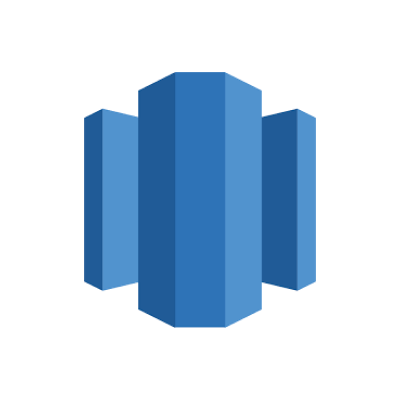Compare - Databricks VS Starburst
Here’s the difference between Databricks and Starburst. The comparison is based on pricing, deployment, business model, and other important factors.
About Databricks
Databricks provides a data lakehouse that unifies your data warehousing and AI use cases on a single platform. With Databricks, you can implement a common approach to data governance across all data types and assets, and execute all of your workloads across data engineering, data warehousing, data streaming, data science, and machine learning on a single copy of the data. Built on open source and open standards, with hundreds of active partnerships, Databricks easily integrates with your modern data stack. Additionally, Databricks uses an open standards approach to data sharing to eliminate ecosystem restrictions. Finally, Databricks provides a consistent data platform across clouds to reduce the friction of multicloud environments. Today, Databricks has over 7000 customers, including Amgen, Walmart, Disney, HSBC, Shell, Grab, and Instacart.
About Starburst
For data-driven companies, Starburst offers a full-featured data lake analytics platform, built on open source Trino. Our platform includes the capabilities needed to discover, organize, and consume data without the need for time-consuming and costly migrations. We believe the lake should be the center of gravity, but support accessing data outside the lake when needed. With Starburst, teams can access more complete data, lower the cost of infrastructure, use the tools best suited to their specific needs, and avoid vendor lock-in. Trusted by companies like Comcast, Grubhub, and Priceline, Starburst helps companies make better decisions faster on all their data.
Comparison Table
| Overview | ||
|---|---|---|
| Categories | Data Lakes, Data Warehouses | Data Mesh, Data Lakes |
| Stage | Late Stage | Mid Stage |
| Target Segment | Enterprise, Mid size | Enterprise, Mid size |
| Deployment | SaaS | SaaSOn Prem |
| Business Model | Commercial | Commercial |
| Pricing | Freemium, Contact Sales | Contact Sales |
| Location | San Francisco, US | US |
| Companies using it | ||
| Contact info |
Add to compare
